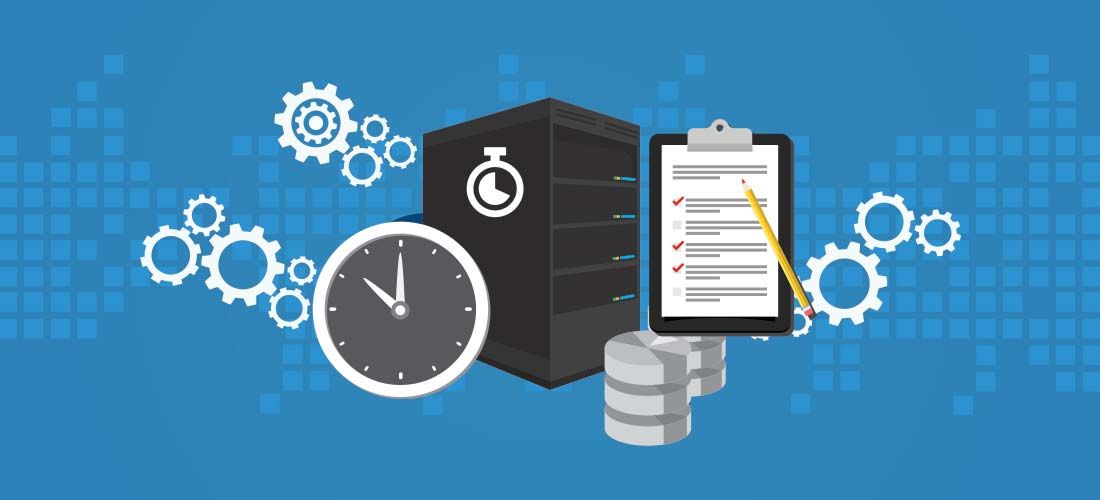Replacing Your Legacy Scheduler for Better Batch Job Scheduling

When it comes to IT software, “if it ain’t broke, don’t fix it” is a popular philosophy. After all, it pays to be cautious about making changes to your production environment. You want to weigh the risks when you replace the systems and applications that keep your business running. But, there’s also a time when businesses need to evaluate the costs of maintaining legacy job scheduling software. The challenges are how to know when it’s time to replace your batch scheduler, and how to migrate to a better option.
Do You Need to Replace Your Batch Job Scheduler?
Your job scheduling tool – or tools – were a good investment when you bought them. But maintenance costs tend to go up over time. Plus, new workload automation solutions have features that your scheduler may not have. Ask yourself the following questions:
- Can your software execute both cloud and on-premises job schedules across all platforms, like Windows and Linux?
- Can it integrate with all of your existing business applications?
- Are you able to find out about potential problems in the job schedule from your mobile device while you’re away from the office?
- Does it scale along with your business needs?
If your job scheduler is taking too long to implement, isn’t integrating with your business applications, and is unable to scale, it’s time to upgrade to a solution that can – JAMS from Fortra. Our complete workload automation solution integrates and schedules all of your cross-platform and cross-application workflows from a single console.
Choosing a New Job Scheduler
Evaluating enterprise software is a complex process. To set yourself up for a clear, organized evaluation, divide your requirements into four categories:
- Business Requirements: Make sure you know what business applications are running in your organization. What tasks do you currently have running and when do they run – weekly, daily, or ad-hoc? Even ad-hoc jobs can be streamlined if, for example, you set them up to start running at the click of a button.
- Functional Requirements: This list should come from the operations team. They have a broader view of the organization than business teams. Consider factors like how easy the product should be to use, what kind of event triggers it should have, and what systems it needs to support. Don’t forget to talk to night shift operators if you have them.
- Technical Requirements: Does your scheduler need to support development, test, or QA environments? What technical requirements do your auditors need you to meet? Do you need to get automatic notifications of problems? Is cloud deployment on your must-have list?
- Budget Requirements: You probably already know that you should consider software costs, maintenance costs, implementation costs, training costs, and support costs. But don’t forget to also consider the areas where your new scheduler will save you time and money. Common benefits include less downtime, improving task timelines, eliminating human error, and immediate gains in staff efficiency.
Migrating to JAMS
Once you’ve determined your job scheduling requirements, it’s time to start measuring job scheduling software against your needs. We offer a Job Scheduling Checklist to help you with your decision.
JAMS provides your organization with modern workload automation capabilities, including:
- Central control and management
- Multi-platform support
- Automatic notifications
- Detailed audit logs
- Precise Security
- Self-Service Automation
Learn more about how JAMS can replace your legacy job scheduling software.